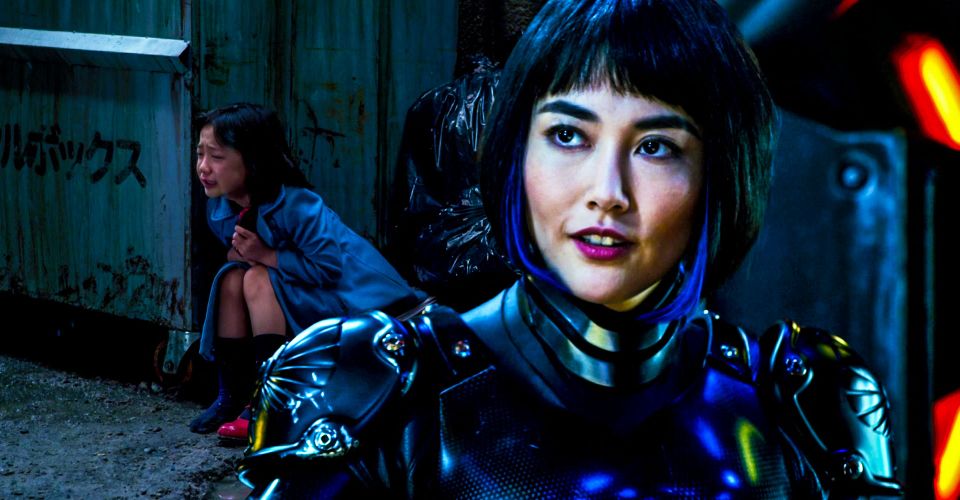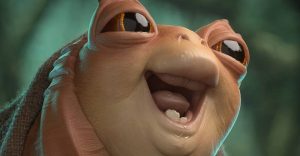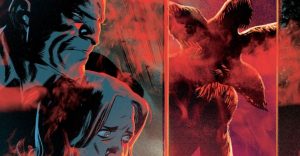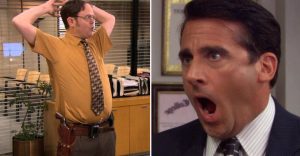Pacific Rim’s Mako Mori Test: What It Is & Why It’s So Important

Pacific Rim inspired something called the “Mako Mori Test” among film theorists – here’s why it’s so important. Pacific Rim documents an invasion of extraterrestrial Kaiju from a trench portal called “The Breach” in the Pacific Ocean, with giant robot mechs called “Jaegers” fighting the Kaiju and eventually closing The Breach. Piloting the film’s nuclear-powered Jaeger “Gipsy Danger” is Raleigh Becket (Charlie Hunnam) and Mako Mori (Rinko Kikuchi). The 2018 sequel Pacific Rim: Uprising focuses more on the Jaeger program and the aftermath of the Kaiju attacks.
Mako Mori is introduced in Pacific Rim at the Hong Kong “Shatterdome,” where Jaeger pilots from around the world convene to handle the exponentially increasing Kaiju attacks. She becomes a Jaeger pilot upon the insistence of both herself and Becket, much to her father figure Marshal Stacker Pentecost’s (Idris Elba) reluctance. Pacific Rim, set between 2020 and 2025, requires that Jaeger pilots can mentally link together in a process called “drifting,” which she can do naturally with Becket. In their first time drifting in Gipsy Danger, Becket relives his past of losing his brother in a Kaiju fight. This prompts Mori to remember the traumatic childhood experience of running away from a Tokyo Kaiju that killed her family, only to then later be saved by the Pentecost-piloted Jaeger. As she and Becket improve their drifting and fighting, they eventually work together to fight incoming Kaijus and blow up The Breach using Gipsy Danger as the bomb.
Mako Mori’s character arc influenced the Mako Mori test, which requires that a film include a female character with an arc that doesn’t support a male character. Pacific Rim was made in the early 2010s, when director-driven tentpoles were more common. The test is a variant of the Bechdel Test, which requires that two female characters have a conversation that isn’t about a man. While the Bechdel Test is more quantitative in nature and points at the lack of women in film, the Mako Mori Test is more qualitative, focusing instead on the depth given to a film’s female characters.

Pacific Rim notably doesn’t pass the Bechdel Test, unlike Pacific Rim: Uprising. Therefore, film theorists and Pacific Rim fans created the Mako Mori Test to recognize the film’s progressive female representation in spite of its male-heavy cast. Her representation was so well-received that some fans wished for a Guillermo del Toro Pacific Rim sequel remake to fix Mori’s character arc that, ironically, fails the Mako Mori Test in Pacific: Uprising. While this will never happen, this response does prove how effective Mako Mori’s representation was in Pacific Rim.
The Mako Mori Test fuels much discussion about feminism in film. Some use the Mako Mori Test to point out the Bechdel Test’s flaws, citing that Bechdel-passing films don’t guarantee well-developed female characters or prevent female stereotyping. Discourse states that films should aim to use the Mako Mori Test in conjunction with the Bechdel Test. For example, many Disney movies are able to pass both the Bechdel and Mako Mori Tests, including Cinderella (1950), Alice In Wonderland (1951), Frozen and Moana. Even if Pacific Rim could have had better female representation, its portrayal of Mako Mori still raises the standard for how films should portray women.
About The Author

















